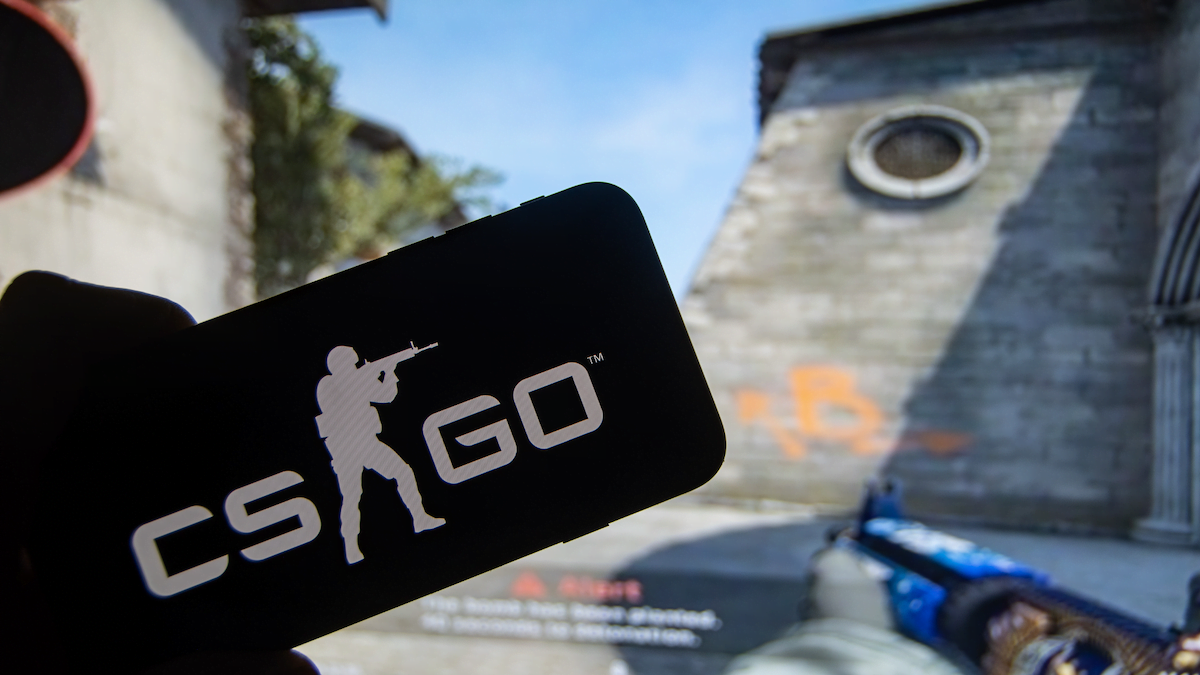In the evolving landscape of digital assets, the rising popularity of both gaming skins and non-fungible tokens (NFTs) has led to questions about their similarities and differences. Many wonder if popular items like CS:GO and CS2 skins are considered NFTs. This article aims to clarify these concepts, exploring how each operates within its respective market and predicting future trends.
What is an NFT?
A non-fungible token (NFT) is a type of digital asset that represents ownership of a unique item or piece of content using blockchain technology. NFTs are distinct because each token has unique properties and isn’t interchangeable on a one-to-one basis with other tokens. This uniqueness allows NFTs to be used for proving ownership of digital art, collectibles, and even real-world assets in a decentralized manner.
What are CS:GO/CS2 Skins?
CS:GO (Counter-Strike: Global Offensive) and CS2 (Counter-Strike 2) skins are cosmetic items that players can use to customize the appearance of their weapons and characters in the game. These items vary widely in design, rarity, and value, often can be found at different CS2 skin sites both within and outside the gaming platform. While they add aesthetic value, skins do not affect gameplay, serving only as visual enhancements.
How CS:GO/CS2 Skins Differ from NFTs
The primary difference between CS:GO/CS2 skins and NFTs lies in the technology and ownership model:
- Ownership and Control: CS:GO/CS2 skins are controlled by their respective game developers, Valve Corporation. They exist on the game’s servers and are subject to the terms of service of the game and Steam, Valve’s digital distribution service. In contrast, NFTs are decentralized and exist on a blockchain, giving the owner control over their digital asset without any centralized authority.
- Interoperability: NFTs can potentially be used across different platforms and ecosystems, provided they are supported. CS:GO/CS2 skins are restricted to use within the Counter-Strike game environment and cannot be utilized or displayed outside of this context.
- Trade and Liquidity: Trading CS:GO/CS2 skins is confined to specific platforms, primarily through Steam’s Community Market or third-party sites that abide by Valve’s regulations. NFTs, however, can be traded on a variety of global blockchain-based marketplaces.
- Technology Foundation: NFTs rely on blockchain technology, which provides a permanent, immutable ledger of ownership and transaction history. CS:GO/CS2 skins do not utilize blockchain and thus do not offer the same level of transparency or security in ownership records.
Future of NFTs and Skin Markets
Looking ahead, both markets are likely to see continued growth, but with distinct paths:
- NFT Market: As blockchain technology matures and becomes more integrated into various sectors, the use of NFTs is expected to expand beyond digital art into more functional roles in gaming, digital identity, and real-world asset management. This growth will be fueled by the increasing interest in digital ownership and the desire for interoperability across different digital spaces.
- Skin Market: The CS:GO/CS2 skins market is expected to remain robust as long as the games maintain their popularity. Innovations in gaming, such as enhanced graphics and interactive game design, may drive further interest in cosmetic items. However, unless skins are migrated to a blockchain-based system, they will not enjoy the same benefits of decentralization and proof of ownership that NFTs offer.
Conclusion
While CS:GO/CS2 skins share some superficial similarities with NFTs, such as digital scarcity and tradability, they fundamentally differ in their technological underpinnings and ownership models. As digital assets continue to evolve, understanding these differences is crucial for both consumers and investors navigating these markets. Both the NFT and skin markets are poised for future growth, though they will likely evolve in very different ways due to their underlying structures and the technologies they employ.








Leave a Reply